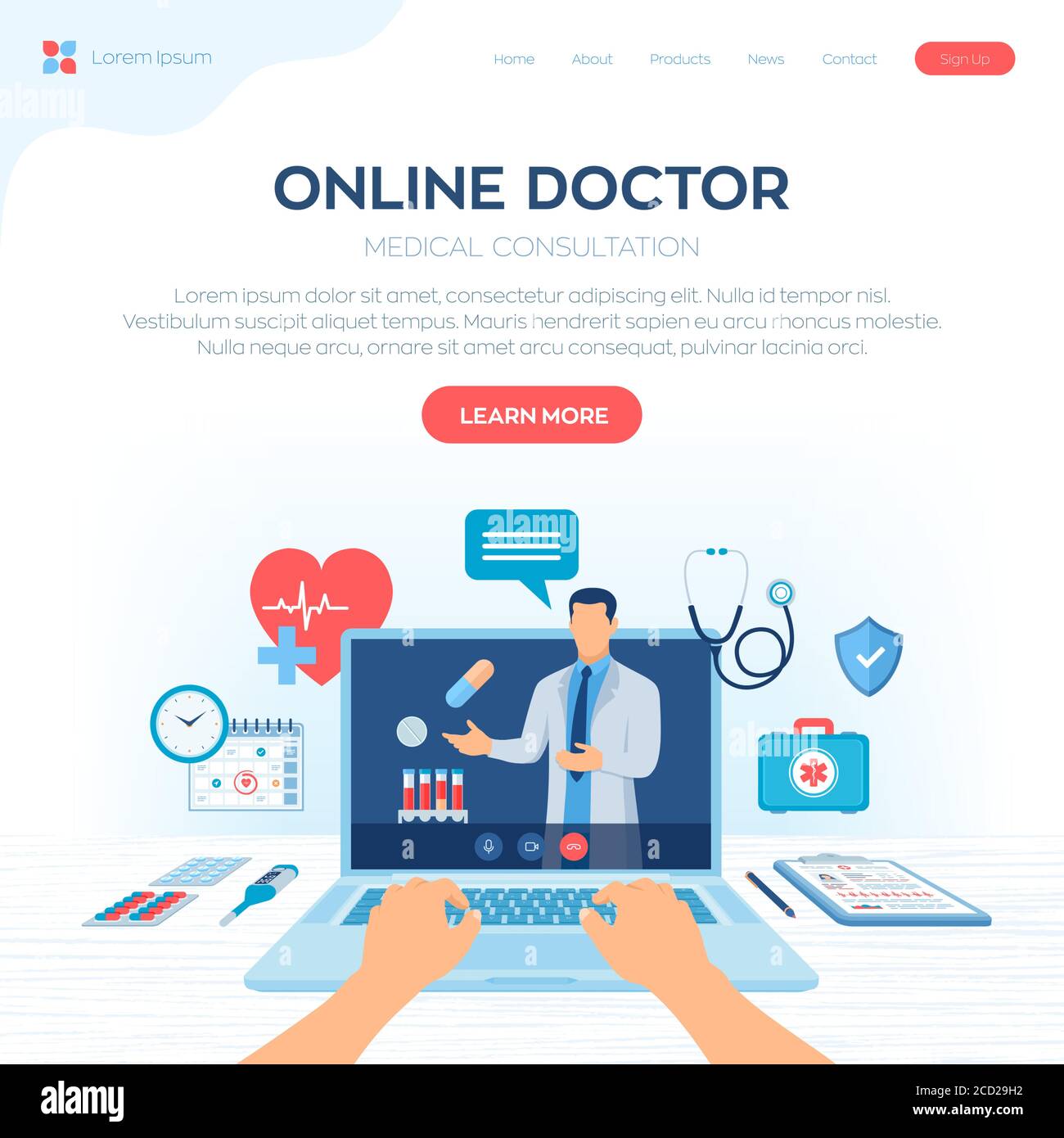The Effect of Subscription Based Healthcare on Typical Medical Practices
The Effect of Subscription Based Healthcare on Typical Medical Practices
Blog Article
Just How Subscription-Based Health Care Is Changing the Clinical Industry

The Increase of Membership Medical Care
Over the last few years, the medical care market has experienced a significant change in the direction of subscription-based versions, mirroring wider customer fads favoring ease and predictability. This change is driven by the boosting need for even more tailored and easily accessible care services. Membership healthcare, in some cases referred to as concierge medication or straight main care, offers patients a set month-to-month fee for a variety of medical solutions, significantly altering standard fee-for-service versions.
The increase of subscription healthcare is helped with by advancements in technology, which make it possible for structured interaction between patients and service providers - subscription based healthcare. Digital systems and telehealth solutions have ended up being integral, supplying individuals the ability to schedule visits, access clinical documents, and receive appointments online. This technical integration not just enhances patient involvement however likewise permits suppliers to deliver extra reliable treatment
Additionally, the subscription version straightens with the developing assumptions of clients who look for more control over their health care expenses and experiences. By removing the unpredictability of co-pays and insurance policy claims, subscription-based medical care uses a straightforward and transparent technique. While this design is obtaining traction, its expansion deals with obstacles such as regulatory obstacles and the need for broader approval within the traditional health care ecological community. Nevertheless, its expanding existence marks a turning point in the advancement of medical care distribution.
Advantages for Clients and Providers
Subscription-based healthcare supplies a wide variety of benefits for both people and suppliers, improving the characteristics of medical care. For individuals, this version supplies improved access to medical care services. With a predictable month-to-month cost, people can appreciate unrestricted appointments, minimized wait times, and customized care. This plan usually causes a more positive approach to health and wellness monitoring, enabling prompt treatments that can avoid chronic conditions from intensifying. The monetary openness of registration models minimizes the changability linked with conventional fee-for-service invoicing, relieving the concern of unexpected clinical expenses.
For healthcare carriers, subscription-based designs foster an even more gratifying and sustainable technique. By safeguarding a constant earnings stream, carriers can concentrate on providing premium care without the pressure of volume-based solution. This version motivates longer person assessments, cultivating stronger patient-provider partnerships and improving wellness outcomes. Furthermore, it uses companies the versatility to innovate and include all natural and preventative care methods. Management tasks are commonly streamlined, decreasing above costs and enabling service providers to dedicate even more time to individual interaction. Generally, subscription-based medical care straightens the rewards of service providers and clients, advertising a much more patient-centered and reliable medical care distribution system.
Secret Attributes of the Version
Frequently, the vital attributes of the subscription-based healthcare model emphasize its distinct strategy to providing medical services. Central to this design is the principle of predictable, monthly settlements, offering clients an extensive series of services without the unpredictability of standard fee-for-service frameworks. This design frequently includes unrestricted access to medical care solutions, preventative care, and regular exams, guaranteeing that people can involve with their medical care providers proactively as opposed to reactively.
Furthermore, direct communication networks, such as telemedicine and messaging systems, are stressed, allowing people to get timely guidance and assessments without needing in-person visits. This boosts access and convenience, particularly for individuals with mobility restrictions or those residing in remote areas. The model also promotes stronger doctor-patient connections, as health care service providers are incentivized to concentrate on lasting health and wellness results rather than short-term visits.
Additionally, subscription-based healthcare typically incorporates technical advancements, such as digital health and wellness records and health monitoring applications, to provide efficient and tailored treatment. Individuals take advantage of worked with and continual care monitoring, which is customized to their particular health requirements. Inevitably, these functions collectively develop a patient-centered healthcare experience, focusing on availability, price openness, and precautionary treatment.

Challenges and Considerations
While the subscription-based medical care version provides numerous this post benefits, it is not without its look at more info difficulties and factors to consider. One considerable challenge is ensuring fair gain access to. Membership versions may unintentionally favor those with higher socioeconomic standing, potentially expanding disparities in medical care access for lower-income individuals who might deal with regular monthly costs. This increases honest issues concerning inclusivity and equity in medical care shipment.
Another obstacle hinges on regulatory compliance. Subscription-based healthcare must browse an intricate web of guidelines that vary by region, including problems around individual discretion, information protection, and state licensing requirements. Making certain compliance without restraining the model's flexibility and advancement can be discouraging for service providers.
Additionally, there is the danger of overutilization or underutilization of services. Patients paying a dealt with fee could overuse services, leading to enhanced functional prices, while others could underutilize due to fear of burdening the system, possibly overlooking necessary care.
Future Leads and Innovations
The landscape of subscription-based healthcare is poised for change through emerging advancements and progressing potential customers. As technology continues to advancement, the integration of man-made knowledge and artificial intelligence offers considerable possibilities to enhance diagnostic precision and improve patient management. Predictive analytics can reinvent precautionary care by identifying possible health and wellness threats before they manifest, thus decreasing both expenses and the problem on health care systems.
Additionally, telemedicine is readied to increase within membership designs, offering people enhanced accessibility to healthcare experts no matter geographical constraints. This not only facilitates continuity of care however also click reference equips people to involve even more proactively in their health management. In addition, blockchain modern technology uses potential in protecting client information and making sure interoperability across platforms, cultivating count on and openness.
Collaborations in between technology firms and medical care suppliers are likely to produce cutting-edge services, enhancing patient experiences and end results. As these leads materialize, subscription-based medical care has the possible to redefine exactly how care is provided and accessed.
Final Thought
Subscription-based health care is changing the clinical sector by using a much more easily accessible, foreseeable, and patient-centered approach to clinical solutions. Despite difficulties such as governing obstacles and potential disparities in gain access to, the subscription version holds promise for a more customized and effective medical care experience.
Membership health care, often referred to as attendant medication or straight key care, uses clients a fixed regular monthly cost for an array of medical solutions, dramatically modifying standard fee-for-service models.
Additionally, the membership version lines up with the progressing assumptions of individuals that seek more control over their health care expenditures and experiences. For patients, this design offers boosted accessibility to healthcare solutions. On the whole, subscription-based health care straightens the incentives of companies and individuals, advertising an extra reliable and patient-centered medical care distribution system.
In addition, telemedicine is established to broaden within registration designs, offering clients boosted accessibility to health care specialists regardless of geographical restraints. - subscription based healthcare
Report this page